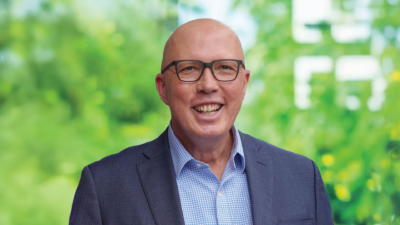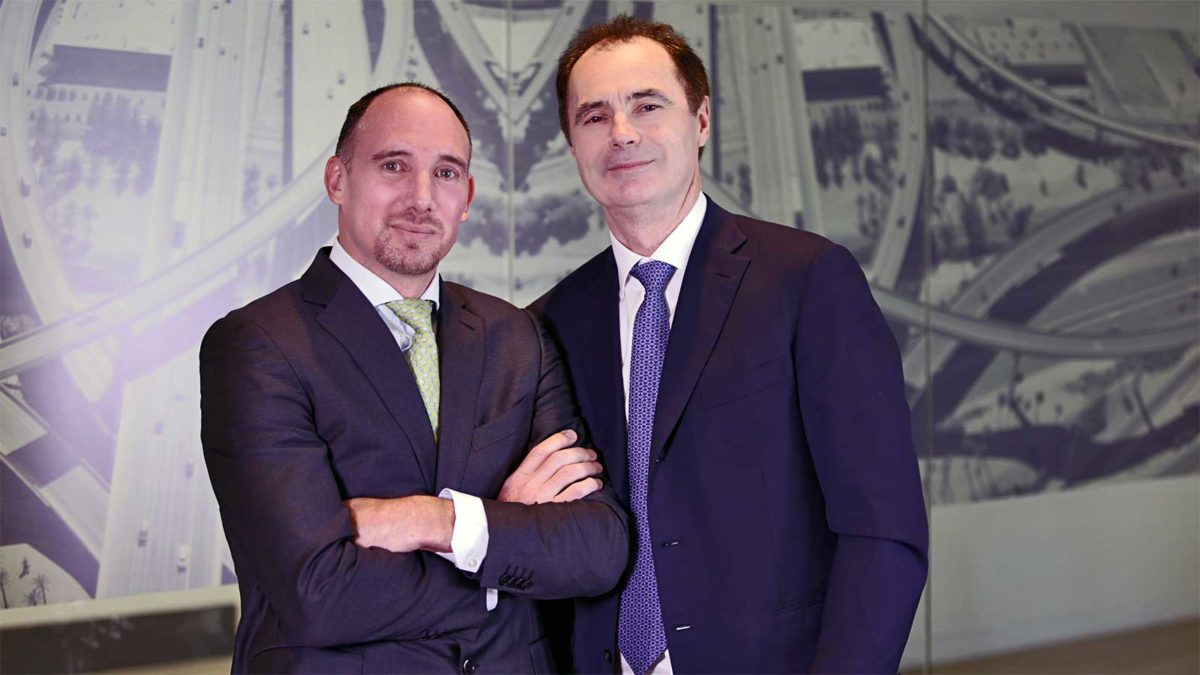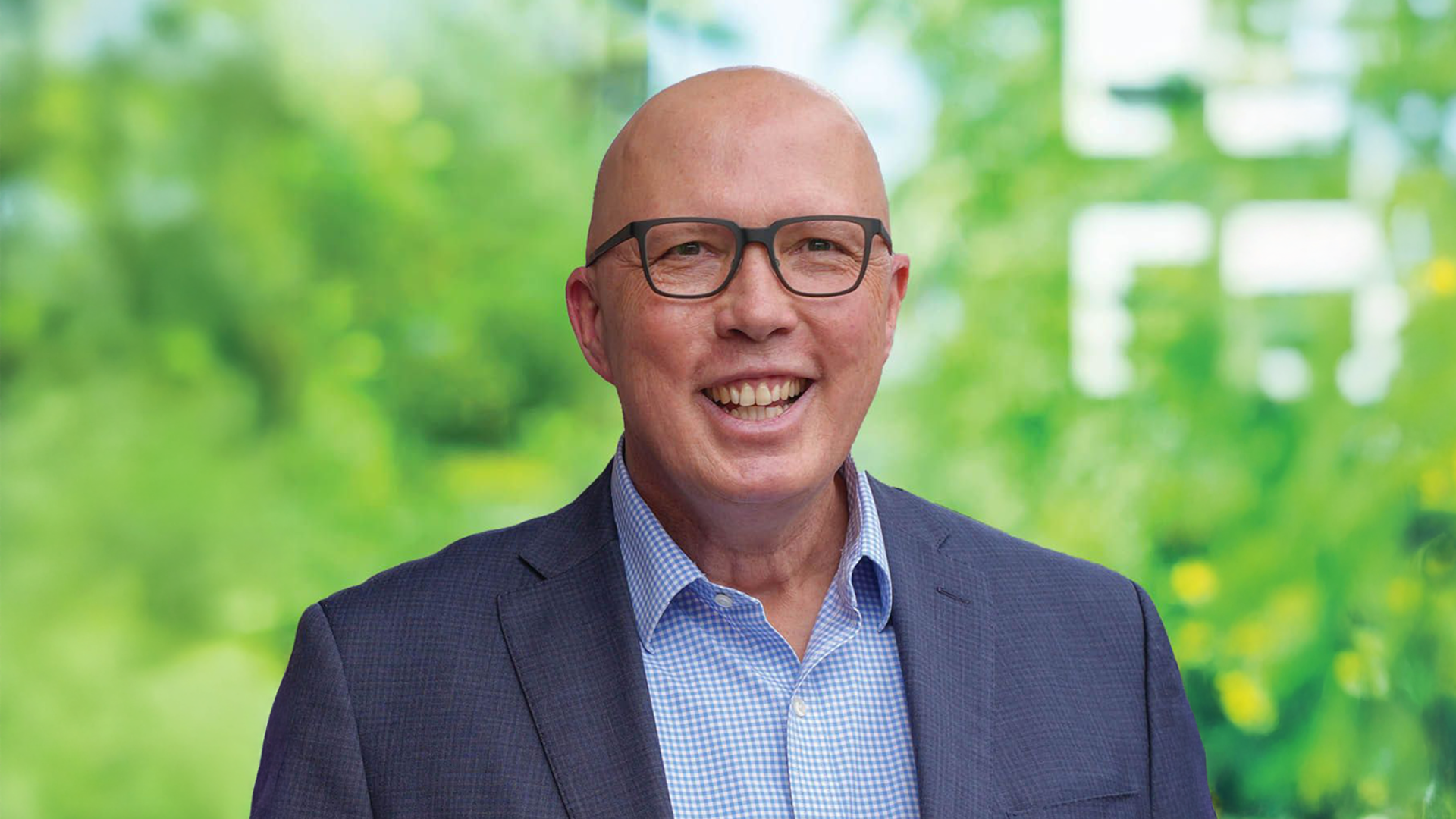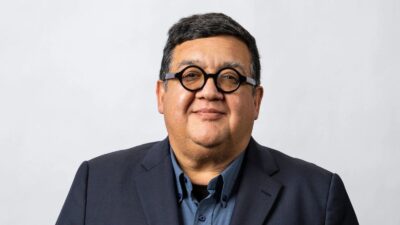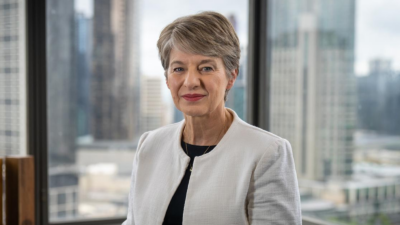How Elmslie and Langley built RARE (and an asset class)
When Richard Elmslie and Nick Langley started RARE, listed infrastructure “didn’t exist”. They hit the ground running – but that doesn’t mean there weren’t speedbumps.
“We started with no revenue and no people – it was an idea,” says Richard Elmslie, managing director and co-founder of RARE Infrastructure (now ClearBridge Investments, following its integration with that company).
“(Listed infrastructure) was a completely new industry; nobody was doing it. Today it’s pretty well accepted, but people don’t realise that 16 years ago it didn’t even exist.”
Elmslie cut his teeth at investment bank Barclays de Zoete Wedd, working first on Margaret Thatcher’s privatisation of utilities in England in the late 80s before heading to New Zealand to assist in the privatisation of Telecom in 1990. He returned to Australia as the government began selling off a slew of their own assets, working as joint team leader on the sale of most of the country’s airports, before joining UBS to build out their infrastructure offering.
He worked there for four years before deciding to strike out on his own – “To be frank, I got a little bit bored” – and considered “going down the LIC route” with Bell Potter before ultimately partnering with Treasury Group. After recruiting Nick Langley, who he’d worked with on deals in the 90s, as co-founder, the pair launched RARE Infrastructure in 2006.
“By 2005, there was a sufficient universe of companies for you to put together a portfolio,” Elmslie says. “The issue with unlisted was that there was a lot of money queuing up and they couldn’t find a home for it; there weren’t enough opportunities or you were paying very high prices to get those opportunities.”
“I thought if I did listed infrastructure I could create a business that could be quite large, that would provide very good risk adjusted returns to investors, and returns in assets that they currently couldn’t get very much exposure to… I thought it was probably worth the risk.”
The investment banking background was part blessing, part curse. It gave RARE a depth of infrastructure knowledge that other managers lacked, as well as more experience in the high-pressure arena of pitching to top fund executives – but it also meant there was one box that the asset consultants couldn’t tick.
“If I knew how hard it was to break into funds management without being in funds management, I may not have done it,” Elmslie says. “What I didn’t realise was that a lot of the asset consultants thought that to be good in funds management you had to come from a funds manager.”
“Nick had some of that from AMP; what I had was a very deep knowledge of infrastructure, and a passion and desire to grow a business, and the skills to do that.”
Luckily, the team’s skill and track record, and the credibility that came from its partnership with Treasury Group, saw RARE win a handful of mandates in 2007 – extremely serendipitous timing, by any measure. Still, it had to keep them.
“We did very well through the GFC – our process avoided a number of the stocks that were highly leveraged, which did very badly. Macquarie had a number of structured vehicles, and after the GFC, those were really on the nose… But that was good to have when you’re starting up – your performance doing very well during probably the worst market we’ve seen since the 30s,” Elmslie says.
Surviving with nary a scratch, RARE went on to win a mandate from the Future Fund that “moved its FUM up quite a bit” and soon began expanding offshore. There were apparently few of the pains that usually accompany such explosive growth, though Elmslie concedes that it gave him little time to think about the culture of what he and Langley was building.
“We employed 7 or 8 people to begin with, all from different businesses,” Elmslie says. “Nobody knew each other, except for Nick and I. You get all these people in the room with different personalities in a business that went from zero FUM in June 2006 to $800 million by December 2007 to $3 billion or so in 2010.”
“I don’t think we did focus on culture a lot. We employed people because we thought they were good, but you had a whole lot of different people and maybe it would have been a good idea to think about what our vision was,” Elmslie says. “Rather than it being implicitly thought about by people, it probably should have been more explicit.”
But there had been other, probably higher, hurdles to clear. In 2006, the listed infrastructure asset class “didn’t exist” – and investors weren’t sure that it ever would.
“Our analogy was that looking at listed infrastructure in 2006 was like looking at REITS in 1990. (We said) this asset class is going to grow, governments don’t have the money to put into infrastructure… the market’s going to continue to grow, and we don’t see that scenario changing. And it became an asset class, just like REITS.”
In that sense, RARE had always been slightly ahead of its time, being one of Sustainalytics’ first clients in Australia and one of the earliest signatories to the United Nations Principals of Responsible Investment in 2010, while many other managers are just now getting around to similar initiatives (as anybody who’s seen the slew of announcements in the lead-up to COP26 can attest).
“At that time, we were way before the market. Nobody had joined it, and that was a really sensible thing we joined at a time when nobody paid any attention to it,” Elmslie says. “I look back and know that was some foresight to have joined that, because it did give us credibility going forward that we were thinking about some of those issues that nobody was thinking about at the time.”
As with many infrastructure managers, listed and otherwise, the issue of climate change – and how it will affect the prospects of such long-dated assets – is at the front of Elmslie’s mind.
“Are we looking at inflation properly in terms of climate change? It’s upon us, and there’s a lot of money that needs to be spent on bringing us to net zero, and there’s only so much resource. Are we going to see inflation of assets that are going in to helping us reduce our carbon footprint? Is that priced in?”
“It’s a long-term issue. If you want to reduce your carbon footprint by 2030, there’s going to have to be a lot of money spent in certain areas to do that, and that could possibly push prices up.”
RARE’s ownership history has been slightly tangled. In 2015, with regulation becoming more onerous for the relatively small firm, RARE was sold to Legg Mason. Then in early 2020, Franklin Templeton bought Legg Mason, and RARE integrated into another of its boutiques, ClearBridge, taking on that manager’s name in a deal arranged prior to the sale. To Elmslie’s mind, it’s been a perfect marriage.
“Terrence Murphy, who’s the CEO of ClearBridge and who I think is a very impressive person, has a very firm view of what the culture and teamwork should be; he set that culture and makes sure that it runs down to the next layer and the next layer,” Elmslie says.
“Under the ClearBridge banner, we should be able to better expand into North America. We leverage off their relationships in North America and Europe, and they leverage off – well, they own us – our skill base in infrastructure. That’s a very powerful and good combination.”

